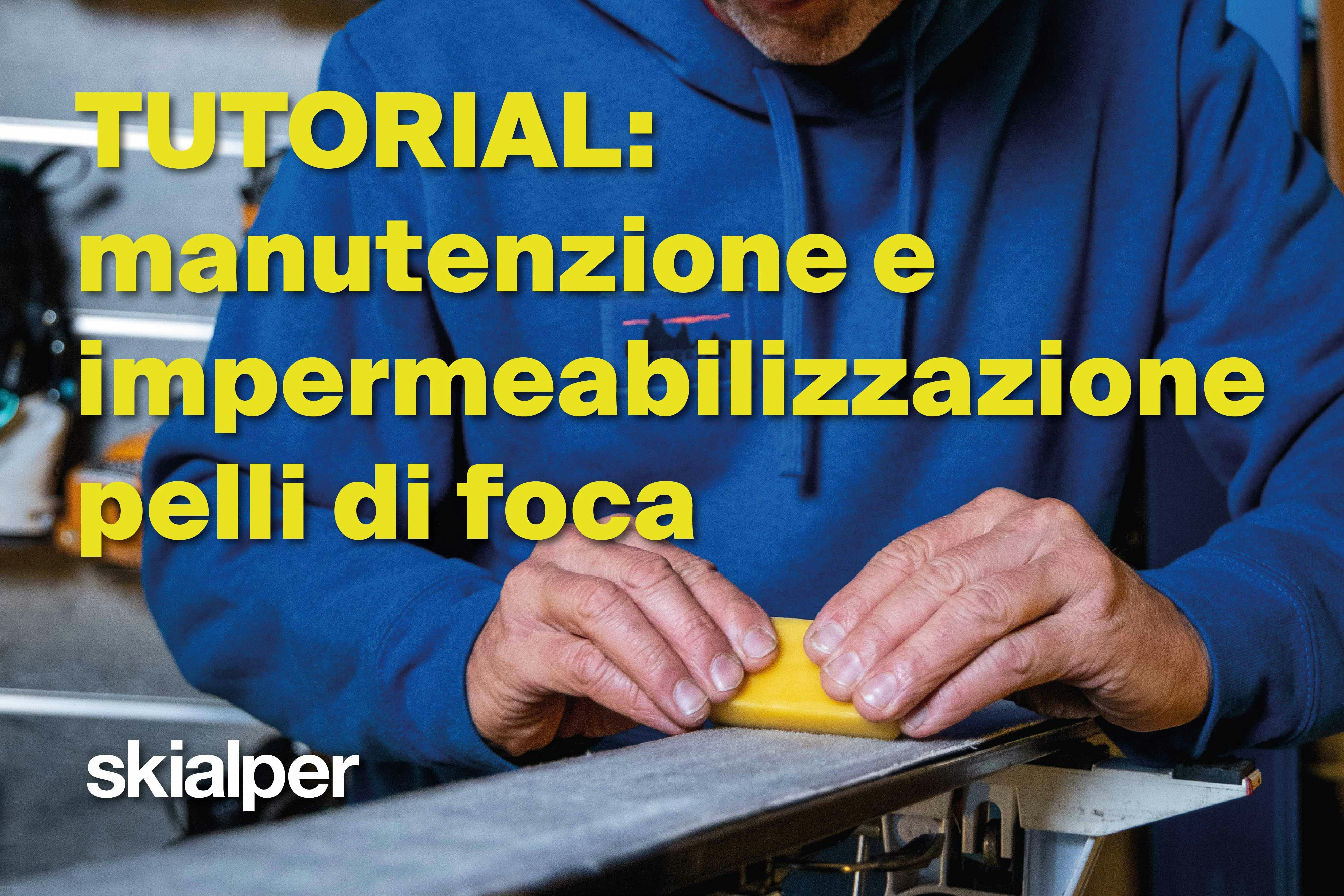Maintenance and waterproofing of climbing skins
The Skialper tutorials
- Author: Danilo Noro
- Photographer: Dario Regina
Danilo Noro, XL Mountain
We've often talked about the importance of climbing skins. Despite being a key part of our gear, they’re often overlooked compared to other equipment. Choosing the right skin is essential for achieving the perfect balance between glide, grip, weight, and personal needs. However, selection alone isn't enough—proper care is crucial to maintaining performance over time and avoiding issues like snow buildup or detachment in critical moments.
That's why it's essential to regularly check their condition. In this tutorial, Danilo from XL Mountain walks you through a few simple steps to assess the glue's effectiveness and treat the plush, enhancing both water resistance and glide.
Video by Dario regina

GLUE CHECK
The glue is undoubtedly the most important element of the ski-skin system, but also the one most prone to deterioration. The buildup of dust, debris, pine needles, or other impurities between the glue and the ski base is the main cause of inefficiency. When this happens, the skins no longer adhere properly to the graphite, allowing water and moisture to seep in, leading to detachment.
If the edges of the skins start peeling off easily and dirt accumulation is significant, the best solution is to have a professional completely remove the old glue layer and apply a new one.
Share this article

